|
Di seguito gli interventi pubblicati in questa sezione, in ordine cronologico.
Enjoy the videos and information about Hemp or Cannabis!
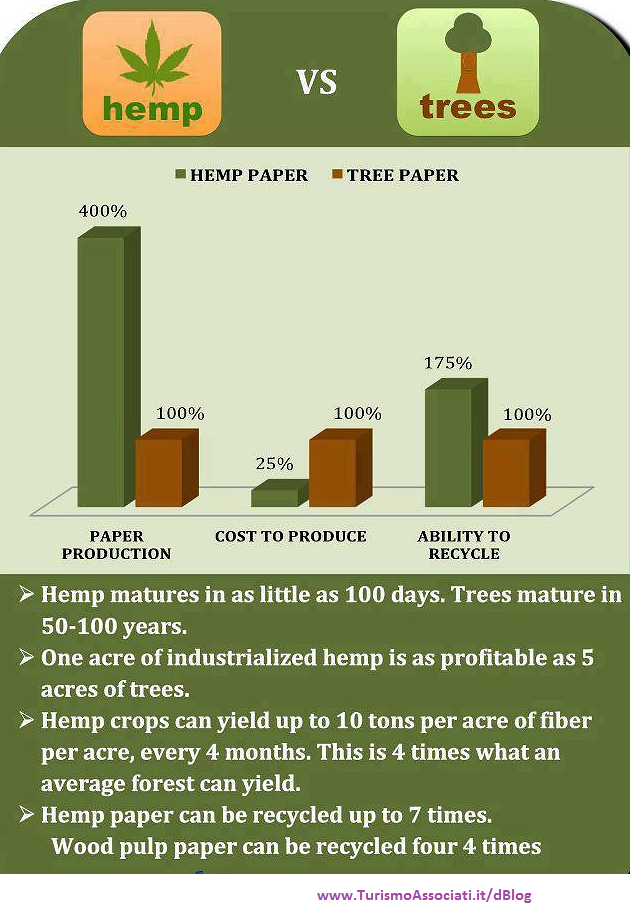
"Make the most you can of the Indian Hemp seed and sow it everywhere."
- George Washington, U.S. President
HELP END MARIJUANA PROHIBITION BY RATING, FAVORITING AND SHARING THIS VIDEO!
"Hemp is of first necessity to the wealth & protection of the country."
- Thomas Jefferson, U.S. President
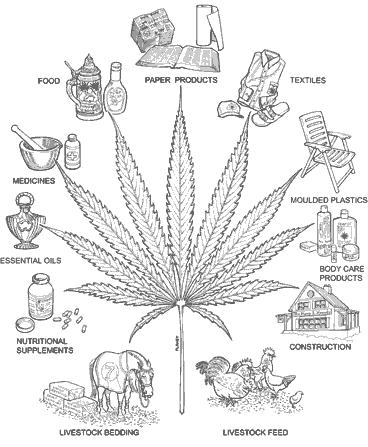
Go to The Market to buy Hemp products to help support the Hemp Industry & P.H.E!
In the early 1960s, a young postdoctoral student stumbled onto something that puzzled him.
After reading the literature on cannabis, he was surprised to see that while the active compound in morphine had been isolated from opium poppies 100 years before and cocaine isolated from coca leaves around the same time, the active component of marijuana was still unknown.

This simple observation launched his life's work.
That young Israeli researcher, Raphael Mechoulam, is now a heavily decorated scientist, recently nominated for the prestigious Rothschild Prize. More than 50 years ago, however, he had trouble starting his scientific journey.
For starters, he needed cannabis to study and didn't know how to obtain it. Eventually, he obtained his research supply from friends in the police department. The young scientist was in a hurry, and didn't want to wait to cut through the red tape required by Israel's Health Ministry.
"Yes, I broke the law," he told me when I met with him in Tel Aviv last year, "but I apologized and explained what I was trying to do."
It's a good thing the Israeli government didn't stall his progress, because Mechoulam was moving at breakneck speed.
By 1963, he determined the structure of cannabidiol (CBD), an important component of marijuana. A year later, he became the first person to isolate delta-9 tetrahydrocannabinol (THC), the psychoactive ingredient in marijuana. Over the ensuing decades, Mechoulam and his team continued to isolate numerous compounds from the cannabis plant.
Their work also went a long way toward illuminating how the drug works in the brain. When Mechoulam's team identified the first known endogenous cannabinoid, a chemical actually made by the brain itself, he named it "anandamide." In the Sanskrit language, ananda means "supreme bliss," which gives us some insight into what Mechoulam thinks of cannabinoids overall.
It was halfway through our long afternoon discussion that Mechoulam, now 83, pulled out a paper he had written in 1999, describing something known as "the entourage effect."
Think of it like this: There are more than 480 natural components found within the cannabis plant, of which 66 have been classified as "cannabinoids." Those are chemicals unique to the plant, including delta-9-tetrahydrocannabinol and cannabidiols. There are, however, many more, including:
-- Cannabigerols (CBG);
-- Cannabichromenes (CBC);
-- other Cannabidiols (CBD);
-- other Tetrahydrocannabinols (THC);
-- Cannabinol (CBN) and cannabinodiol (CBDL);
-- other cannabinoids (such as cannabicyclol (CBL), cannabielsoin (CBE), cannabitriol (CBT) and other miscellaneous types).
Other constituents of the cannabis plant are: nitrogenous compounds (27 known), amino acids (18), proteins (3), glycoproteins (6), enzymes (2), sugars and related compounds (34), hydrocarbons (50), simple alcohols (7), aldehydes (13), ketones (13), simple acids (21), fatty acids (22), simple esters (12), lactones (1), steroids (11), terpenes (120), non-cannabinoid phenols (25), flavonoids (21), vitamins (1), pigments (2), and other elements (9).
Here is the important point. Mechoulam, along with many others, said he believes all these components of the cannabis plant likely exert some therapeutic effect, more than any single compound alone.
While science has not yet shown the exact role or mechanism for all these various compounds, evidence is mounting that these compounds work better together than in isolation: That is the "entourage effect."
Take the case of Marinol, which is pure, synthetic THC. When the drug became available in the mid-1980s, scientists thought it would have the same effect as the whole cannabis plant. But it soon became clear that most patients preferred using the whole plant to taking Marinol.
Researchers began to realize that other components, such as CBD, might have a larger role than previously realized.
To better understand the concept of the entourage effect, I traveled to the secret labs of GW Pharmaceuticals, outside London. In developing Sativex, a cannabis-based drug to treat multiple sclerosis, the company's chairman, Dr. Geoffrey Guy, told me the company ran into some of the same obstacles that Marinol faced.
More than a decade of experiments revealed that a whole plant extract, bred to contain roughly the same amounts of THC and CBD in addition to the other components in the plant, was more effective in reducing the pain and spasms of MS than a medication made of a single compound.
It could be that multiple individual compounds play a role, or it could be due to their interaction in the body; it could also be combination of both, Guy said.
Now, maybe this all sounds obvious. After all, eating real fruits, vegetables and other plants provides better nutrition than just taking vitamin pills with one nutrient or mineral in each. Science is showing us that we can likely say the same about cannabis.
As we move forward with creating medicines, like Charlotte's Web, for the patients who can benefit from cannabis -- this is an important point to keep in mind.
Unlike other drugs that may work well as single compounds, synthesized in a lab, cannabis may offer its most profound benefit as a whole plant, if we let the entourage effect flower, as Mechoulam suggested more than a decade ago.
Ex-EastEnders star James Alexandrou explores the truth about Britain's favourite illegal drug, from cannabis sold on the street to the hidden world of organised crime. EPISODE 1 OF 2. Exploring the use and effects of Britain's most popular illegal drug.
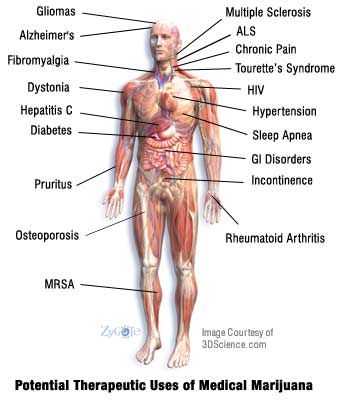
James Alexandrou was caught smoking cannabis by the tabloids when he left the soap. Now he wants to find out the truth about the most popular illegal drug in Britain, see the lengths people will go to get it and discover exactly where it comes from.
In the first of two programs, James looks at the effects of the drug on the streets of Britain, meeting a 17-year-old who smokes weed with his parents and a mum-of-three who uses cannabis to keep her emotions in check. He meets people who are growing cannabis illegally for themselves and goes out on patrol with a police drug squad as they clamp down on large-scale cannabis growers. He also travels to California, the first state in America to license cannabis for medicinal use.
--------------------------
"Copyright Disclaimer Under Section 107 of the Copyright Act 1976, allowance is made for "fair use" for purposes such as criticism, comment, news reporting, teaching, scholarship, and research. Fair use is a use permitted by copyright statute that might otherwise be infringing. Non-profit, educational or personal use tips the balance in favor of fair use."
FOR THE SECOND EPISODE PLEASE GO HERE.
In the second episode, James explores the hidden world of organised crime linked to the supply of cannabis in the UK, following a police drug squad and the UK Border Agency as they target gangs and smugglers. He meets the casualties of the drugs trade, including a 14-year-old addict who has convictions for burglary to fund his habit and a Vietnamese teenager smuggled into Britain by lorry to work in British cannabis farms to supply the huge demand.
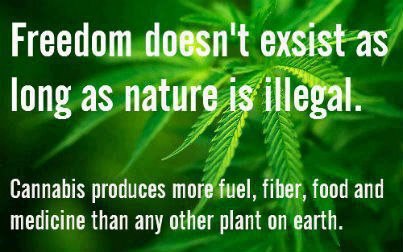
Ex-EastEnders star James Alexandrou was caught smoking cannabis by the tabloids when he left the soap. Now he wants to find out the truth about the most popular illegal drug in Britain, see the lengths people will go to get it and discover exactly where it comes from.
--------------------------
"Copyright Disclaimer Under Section 107 of the Copyright Act 1976, allowance is made for "fair use" for purposes such as criticism, comment, news reporting, teaching, scholarship, and research. Fair use is a use permitted by copyright statute that might otherwise be infringing. Non-profit, educational or personal use tips the balance in favor of fair use."
TO WATCH THE FIRST EPISODE, PLEASE GO HERE.

You will need to print 8 copies of the plans below to have enough panels for your dome model. To save the plans on your computer right click then select 'Save as', print the plans (8 times) on A4 sheets of paper.
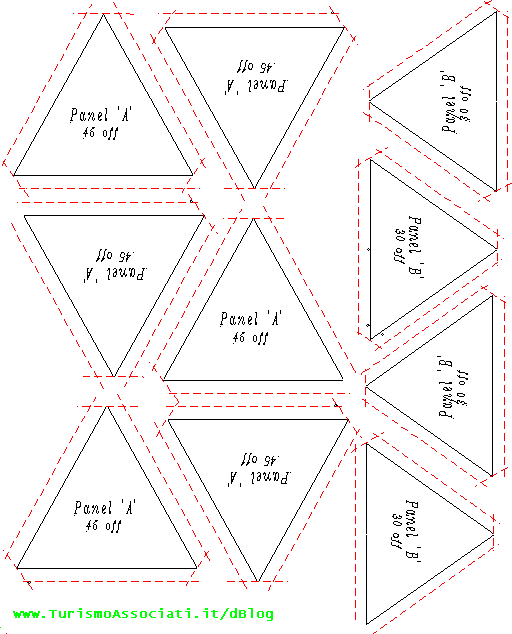
You need 45 panel 'A' pieces and 30 panel 'B' pieces for a 3v geodesic dome. For information on how to build your geodesic paper model see the instructions below.
Models can be a great way to test building structures and if you are thinking of constructing a geodesic dome building, a paper model first is a great way to run through the construction process. First download the geodesic paper model plans then follow these simple instructions to assemble your dome model:
After downloading and printing the dome plans, (you will need to print 8 copies to have enough panels for your dome) cut each triangle at the red dotted line. You should have 45 panel 'A' triangles and 30 panel 'B' triangles.
Now fold all the edges along the black lines to form tabs on each side, these will be used to glue the panels together.
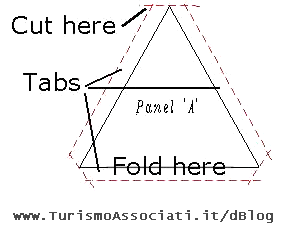
Glue together the panel 'A' triangles to form 5 hexagons and 5 half hexagons. Glue the remaining panel 'B' triangles to form 6 pentagons.
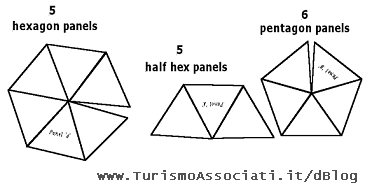
Now glue five pentagons to the five half hexagons alternately, (see diagram below) then glue the five hexagons in the space between each pentagon and finally place the last pentagon in the top.
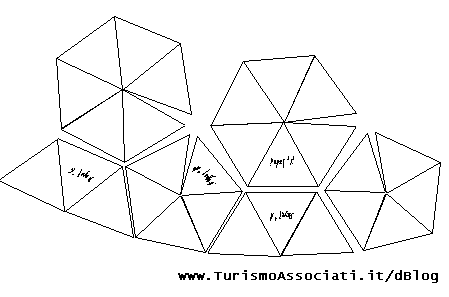
You should now have a finished dome like the diagram below, don't forget to glue your model to a stiff peace of card. I've drawn a red line to show the glue lines between pentagon and hexagon panels.
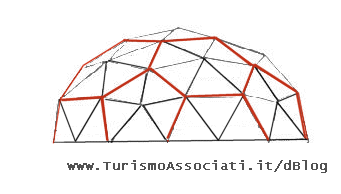
Source: geo-dome
Dr. Sean McAllister, of the California Pacific Medical Center (CPMC), has spent nearly a decade studying the effects of cannabidiol – a chemical found in marijuana – on aggressive types of breast and brain cancer.
His research has already shown that cannabidiol (CBD) can reduce the spread of cancer to other parts of the body. Although, so far, he's only been able to study animal and cell culture models. Now he says his team is ready to prove it in humans.
"We are trying to initiate clinical trials in the US. We have designed the trials for breast and brain cancer but are still trying to raise the money for the trials."
Since last year, Dr. McAllister has been going through the difficult and lengthy process of initiating clinical trials. With study designs complete, funding seems to be the only obstacle that remains.
If all goes as planned, he hopes to see CBD being trialed in cancer patients "a year from now."
But it's not only Dr. McAllister that sees promise in cannabis for cancer. A drug company called GW Pharmaceuticals is also trying to study a cannabis-based drug, Sativex, as an add-on treatment for glioblastoma – the most common and deadly form of brain cancer.
The company has already begun recruiting patients for the first phase of clinical trials in Europe. Researchers will first have to prove its safety in a small group of glioblastoma patients before they can start evaluating Sativex's effectiveness at fighting cancer.
According to Dr. McAllister, preclinical research suggests that cannabinoids, while effective alone, may have a greater effect against cancer when combined with current treatments.
"Based on the data, it would be expected that cannabinoids would need to be combined with a first-line agent in order to see the most efficacy in a clinical setting."
Dr. McAllister's breakthrough came in 2007, when his team at CPMC showed that cannabidiol could reduce tumor aggressiveness in breast cancer by "turning off" a protein responsible for the spread of cancer, or metastasis, called Id-1.
Four years later, they were able to confirm the effect in mice, showing that CBD treatment could reduce the number and size of secondary tumors that formed.
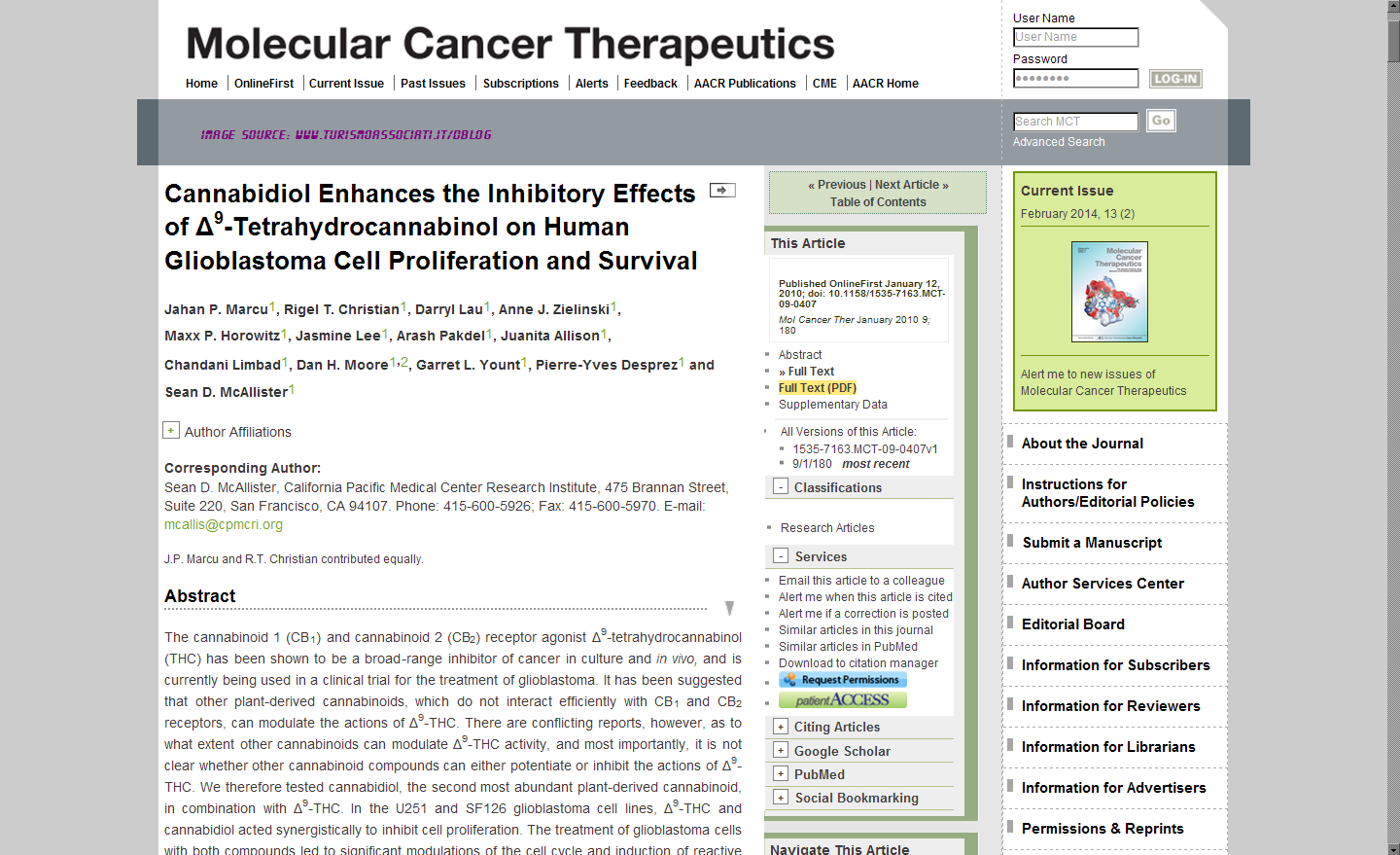
Another of his studies, this time in glioblastoma cell cultures, found that CBD and THC could work together to achieve an even greater effect, concluding that "the addition of cannabidiol to Delta(9)-THC may improve the overall effectiveness of Delta(9)-THC in the treatment of glioblastoma in cancer patients."
"You have to build a strong case for clinicians to agree to run clinical trials. We are there now."
While THC also demonstrates anti-cancer potential, Dr. McAllister explains that one of the reasons he chose to study CBD is the lack of psychoactivity – or a high – which could be a concern when conducting studies in humans.
Another obstacle has been gathering enough evidence on the treatment. Despite an abundance of anecdotal reports of cannabis successfully curing cancer, it's taken Dr. McAllister years of effort to "build a strong case" for clinical trials.
But now he says the time has come.
"It takes a significant amount of time to run preclinical experiments," Dr. McAllister explains. "You have to build a strong case for clinicians to agree to run clinical trials. We are there now."
Source: LeafScience.com
Dr. Sisley is both a practicing physician and a clinical faculty member at the University of Arizona College of Medicine. In an interview with Medical Marijuana 411, she explains that – unlike traditional treatments – medical marijuana appears to relieve a wide range of PTSD symptoms.
"The truth is that marijuana can treat the whole spectrum of PTSD symptoms with this one medication."
She says many high-ranking veterans are starting to speak up about the benefits of marijuana. The only problem is, most of the evidence is anecdotal.
Dr. Sisley has spent the last three years trying to get approval for a study involving medical marijuana. But with marijuana still classified as a Schedule I substance, research on the plant seems next to impossible to conduct.

On the other hand, recent evidence has come from studies involving isolated marijuana chemicals, and programs in other countries like Israel. But closer to home, research on marijuana for PTSD continues to lag.
Source: LeafScience.com
Last night, a rather enthusiastic gentlemen's tutorial kindly brought to my attention that "wearing an ascot will make you feel like a new man, and ... better than everybody else. It will make you look important and mysterious, and make people think you're rich."
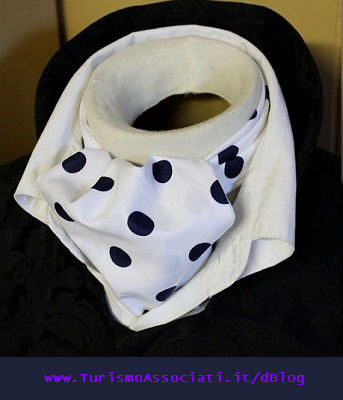
The ascot is a rare knot that is sure to catch the eye and will give a classy touch to any outfit. Instead of a plain tie, you can use a colourful scarf to make the knot instantly more feminine. This will work better with a light, high-quality scarf.
Here's how:
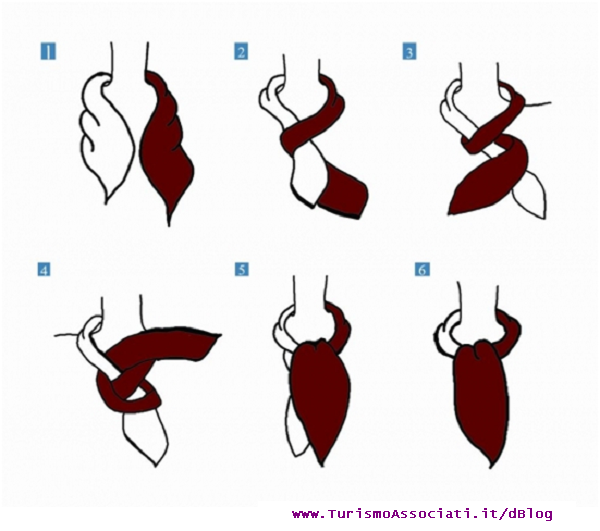
FOLD.
The first and most delicate step is to give your scarf the right shape by folding it into a very thin rectangle. Alternatively, for a less formal feel, you can twist the middle until you get a nice coil of cloth.
For the right length, I advise that you fold a classique-size scarf diagonally, and a magnifique or sublime size lengthwise.
WRAP.
Now just wrap the scarf around your neck, finishing with the longer end over the shorter one. If you need to keep extra warm, you can wrap it around twice.
TUCK.
Tuck the long piece of scarf underneath the short one and out through the top of the knot, so that it falls to the front.
WATERFALL.
Lastly make sure that you properly flare out the front piece into a waterfall of cloth, with lots of volume.
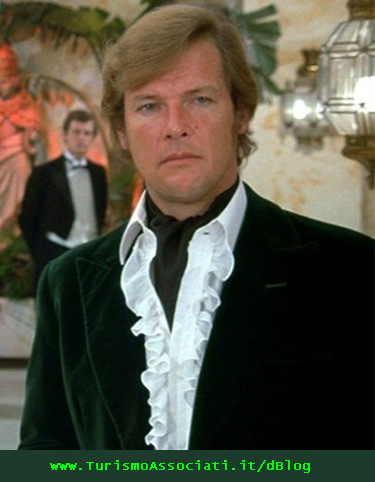
Tip: The easy way to get lots of extra bulge with your ascot knot is by tucking it neatly into a collar; V-shaped collars work especially well! You can also use a beautiful pin to hold it in place.
Last but not least, for the love of good taste, if one day you were to pick up the paper with an ascot, please make sure that you are never accidentally wearing a crimson robe or pyjamas, or you would effectively be in a Hugh Hefner outfit.
Source: comtesse-sofia
The guys from VitalyzedTV went out and hit a water pipe with tobacco tricking cops into thinking they were smoking weed.

I wanted to do this video for the longest time and finally after collabing with Dennis Roady and RomanAtwood we went out and hit a water pipe with tobacco tricking cops into thinking we smoking weed... We got awesome reactions :)
Shirts Available Now - http://vitalyzdtvstore.com
|